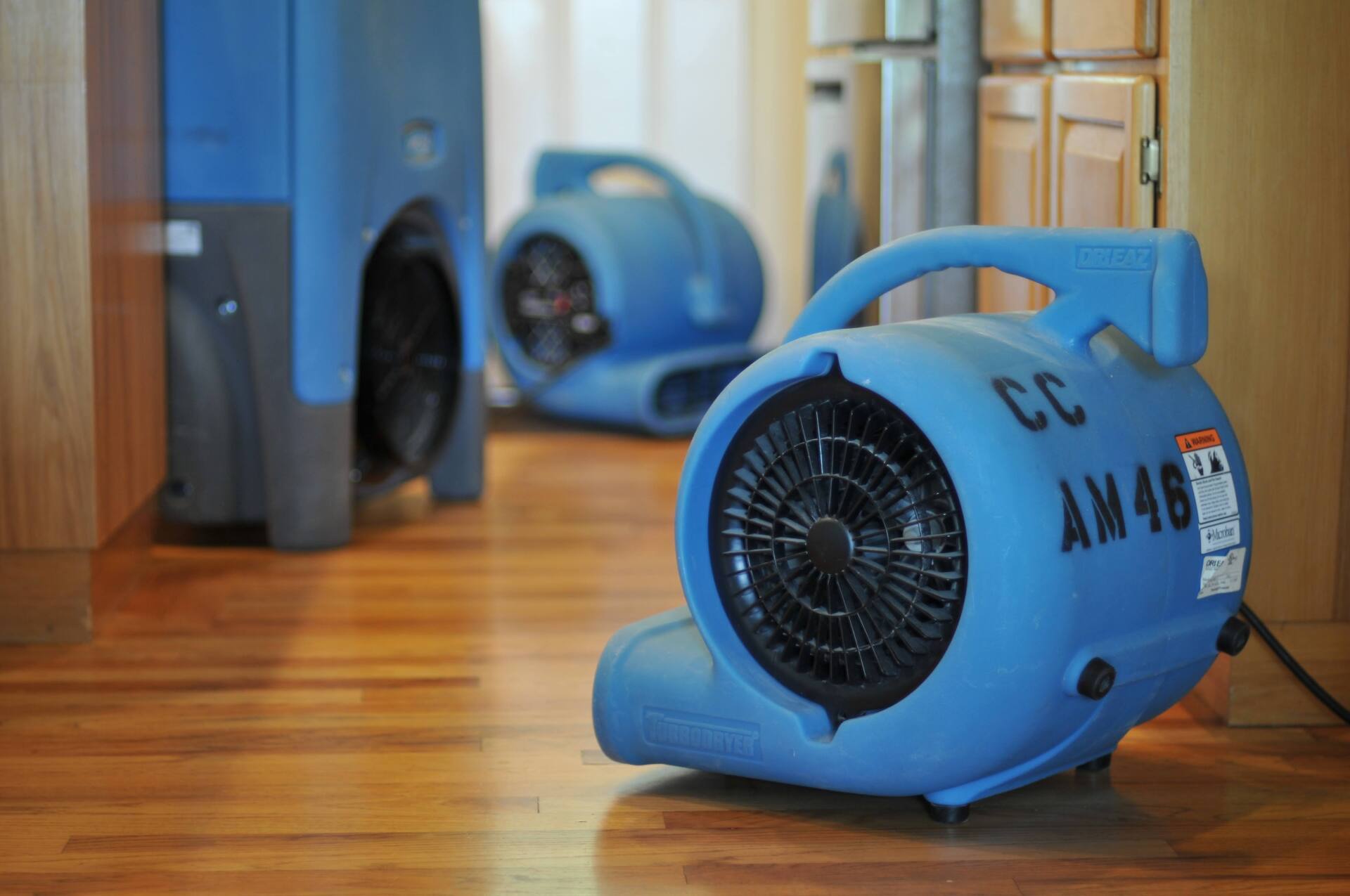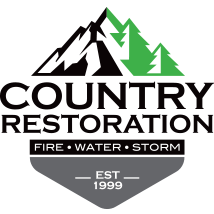Water Damage Mitigation Services
Water damage is more common than most people realize. Pipes break, toilets overflow, and dishwashers mysteriously spring leaks. The mitigation and repairs needed can range from very minor drying to removing floors, walls, and ceilings. The key to minimizing the damage (and the time it takes to getting your house back to normal) is to act quickly.
Count on Country Restoration in Ridgefield, WA, to inspect immediately and determine the best course of action. We use specialized equipment to detect water behind drywall and under floors. This allows us to remove as little material as possible but as much as is necessary to dry it out properly. Undetected water can eventually cause rot or mold if left alone.
Contact us today for an appointment or call us for your emergency service.

Water Damage Process
We are used to dealing with this type of damage, but most people who have never experienced it are not. To help you better understand what you can expect, we have laid out the typical mitigation and repair process for you.
